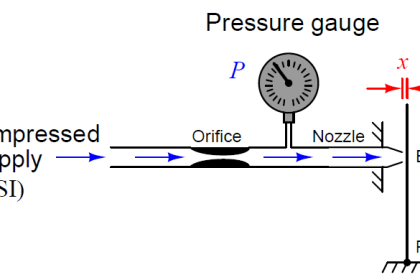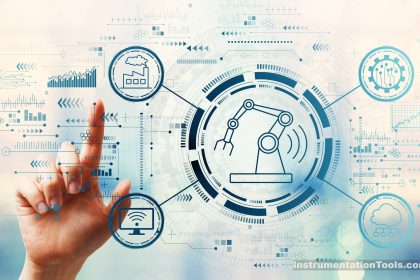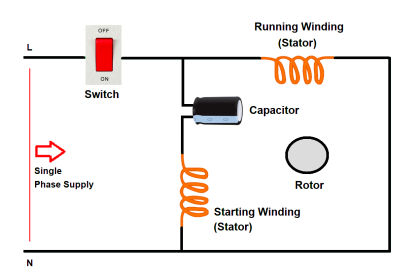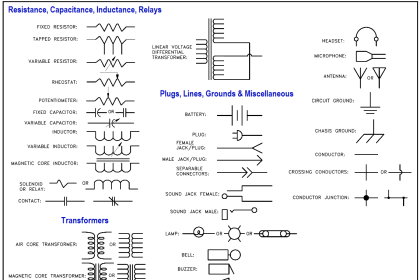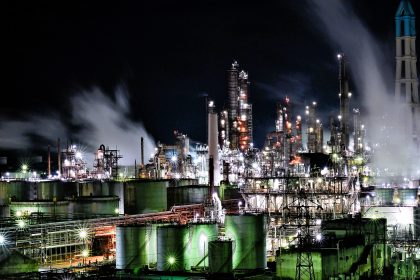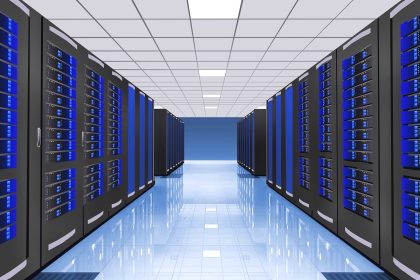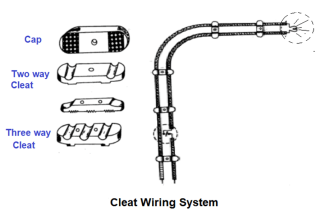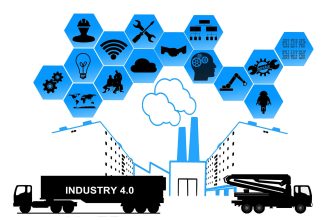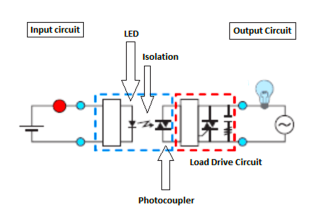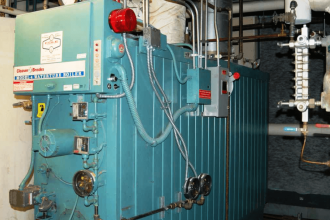You may have recently seen how the ChatGPT tool is storming the market with its automatic answers and replies. The work of people has literally been made much easier as they are saving time in getting proper answers to any type of questions or queries. This has been made possible with the help of artificial intelligence. In industrial automation too, Industry 4.0 and IIOT are the next generation of programming.
There are a large number of tools in Industry 4.0 that make it possible to work. Two of the most widely used ones are artificial intelligence and machine learning. People often get confused about both of them, but it is important to understand the difference between both of them. In this post, we will see the difference between machine learning and artificial intelligence.
What is Artificial Intelligence?

Artificial intelligence defines itself by its name. Human intelligence involves the mind of a person. However artificial intelligence does not involve the human mind; instead, it automatically derives intelligence from various data sources and uses them to do a task. For example, suppose a cup of tea has been placed in front of you. What you will do is pick it up by your hands, due to instructions from your mind. But machines using AI will automatically see this and pick it, without human intervention.
From this, you would have found that AI mimics human actions and completes the task. You do not need to write extra coding in it. Smart algorithms are developed inside which reduces the need to write codes and these algorithms automatically drive the machines to perform tasks. AI is not a completely different system; it is employed in the system. The system can be a computer for example. This means the computer will perform AI tasks. What a human does – listens, speaks, acts, and learns; the same thing is performed by AI.
AI comprises many parts in it, which makes it possible to run it smoothly. They are robotics, machine learning, deep learning, and natural language processing. AI thus works through all these inputs. It is not possible to function without any of them. It is through the combination of all these that AI is able to perform its task.
What is Machine Learning?
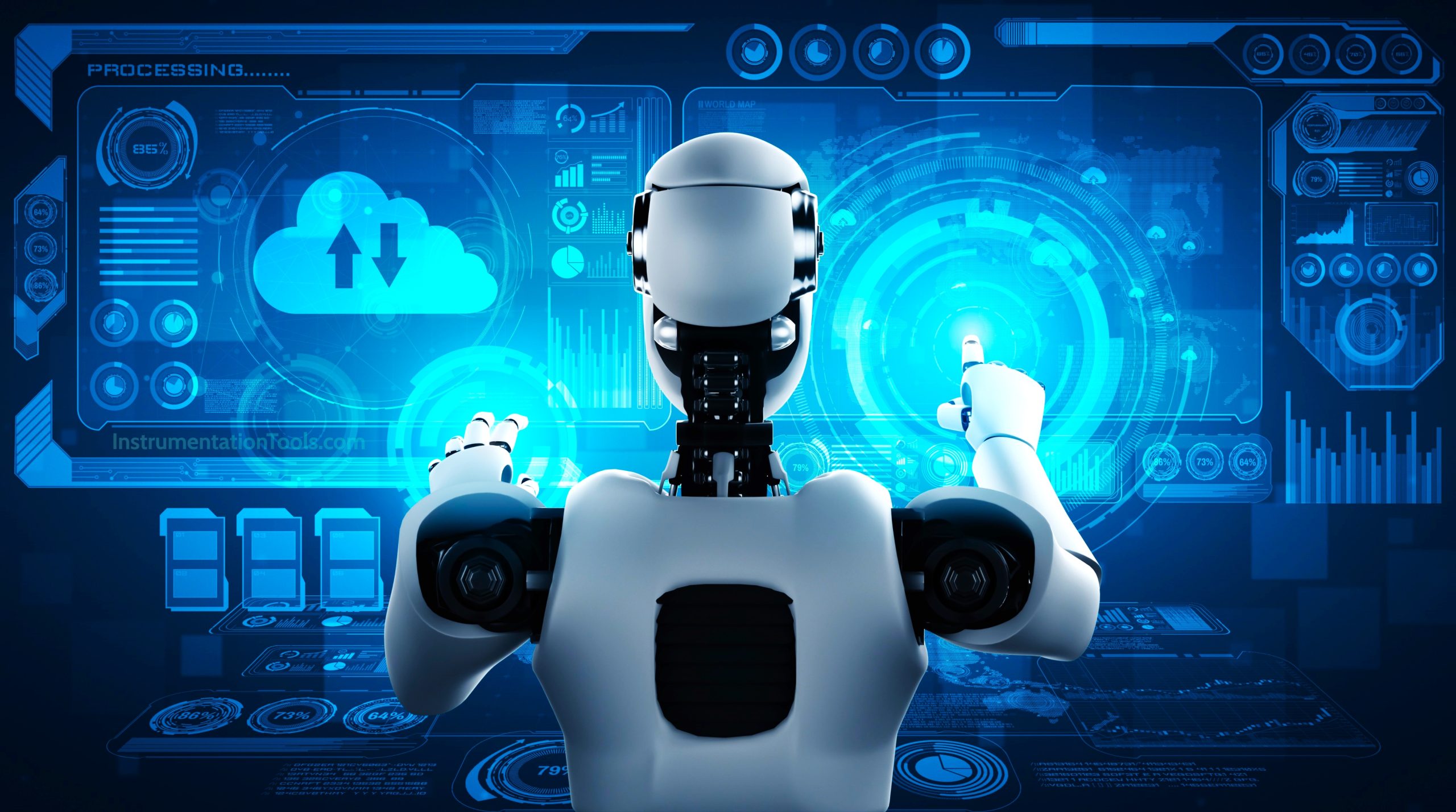
As discussed in AI, machine learning is a part of it. Machine learning is a subprocess of AI, or shortly speaking, AI comprises machine learning in it. As the name implies, machine learning allows AI to learn and experience by collecting data. The data can be structured or semi-structured, which will give accurate predictions of the results that can be derived.
Machine learning works in AI systems along with other systems like robotics, deep learning, and natural language processing. AI integrates all these services to run the intelligence automatically. Machine learning uses complex algorithms that work in a shortcut way and just collect data and learn and experience it. This data is then passed to the AI system for further processing.
Difference Between Machine Learning and Artificial Intelligence
- The first and foremost difference is that AI is the master whereas machine learning is a part of it.
- AI aims to mimic human actions in detail, whereas machine learning aims to collect, learn, and experience data and pass it on to the AI for processing.
- Due to the definitions discussed, AI has a vast variety of applications than machine learning.
- AI takes structured, semi-structured, or unstructured data, whereas machine learning takes only structured and semi-structured data.
- AI does not aim for accuracy; it aims to complete the task with the maximum possible success rate. Machine learning aims for accuracy because it has to feed correct data to the AI.
- AI is a full decision-maker, whereas machine learning is an experience and learning maker.
- The three types of AI are narrow, general, and super. Machine learning has three types – supervised, unsupervised, and reinforcement.
Machine Learning vs. Artificial Intelligence
Below is a table that details the differences between Machine Learning (ML) and Artificial Intelligence (AI).
| Criteria | Machine Learning | Artificial Intelligence |
|---|---|---|
| Definition | A subset of AI that focuses on algorithms enabling computers to learn from data. | A broad field of computer science aimed at creating systems that can perform tasks that would normally require human intelligence. |
| Goal | To enable machines to learn from data so that they can give accurate predictions or decisions. | To create systems capable of performing tasks that require human-like cognitive functions such as learning, problem-solving, and decision-making. |
| Learning | Learns from data; improves automatically as it is exposed to more data. | May or may not learn from data; includes rule-based AI that doesn’t learn from data. |
| Types | Supervised, Unsupervised, Reinforcement Learning, etc. | Reactive Machines, Limited Memory, Theory of Mind, Self-Aware AI, etc. |
| Scope | Narrow in scope; focuses on specific tasks. | Broad in scope; can be specialized (Narrow AI) or generalized (General AI). |
| Hardware Requirements | Generally requires less computational power compared to complex AI systems. | May require specialized hardware and complex algorithms, especially for General AI. |
| Implementation Complexity | Generally easier to implement. | Can be extremely complex, involving advanced algorithms and computational power. |
| Real-world Applications | Data mining, recommendation systems, natural language processing (NLP) to some extent. | Robotics, speech recognition, problem-solving, natural language understanding. |
| Dependency | ML algorithms generally rely on a well-defined dataset to train on. | AI can be rule-based and may not require data for learning. |
| Human Intervention | Often requires human intervention for labeling data, feature extraction, etc. | Aims to minimize human intervention as much as possible. |
| Example | Netflix recommendation engine | Autonomous vehicles |
